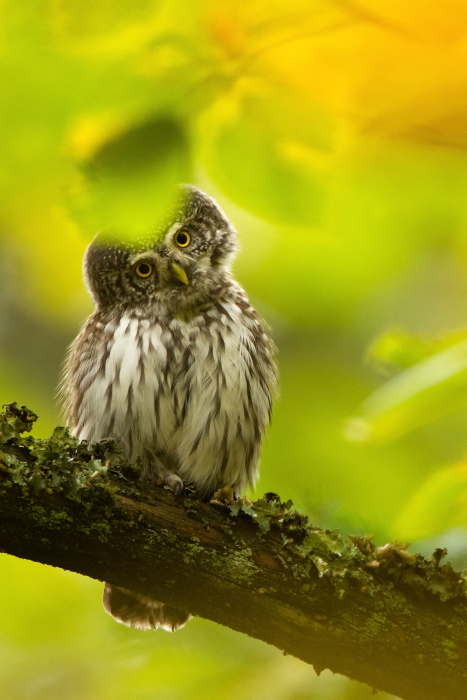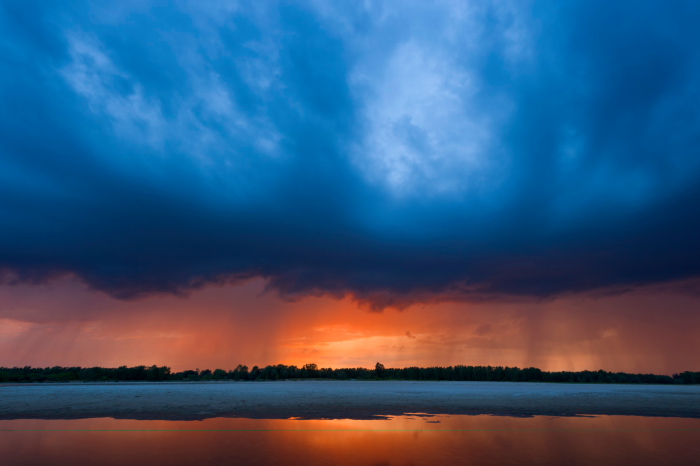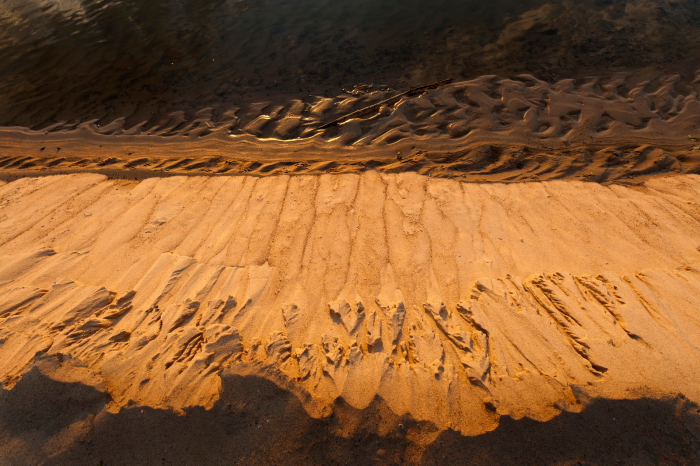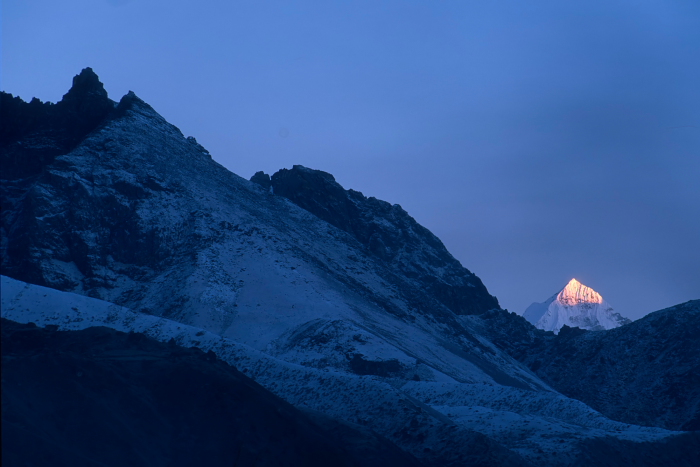Toruń
Monday, 27/11/2017
6 pm
Artus Court Cultural Centre in Toruń, Artus Cinema – THE YEAR OF THE VISTULA RIVER, 2017. “The Lesser Poland Vistula Valley” – by Artur Tabor
The film was made in the years 2003-2004, commissioned by the Complex of Lublin Landscape Parks. It features a section of the Vistula River from the bridge in Annopol to the one in Puławy. Cutting through the highlands between Zawichost and Puławy, “the queen of the Polish rivers” creates a picturesque gorge there. Turbulent, constantly changing its direction, the current of the Vistula River gave it a unique character of wild, untamed waters. During our quest along the Vistula Valley, we present a diversity of the cultural and natural world. We have put a particular emphasis on demonstrating a harmonious cultural landscape and an eternal influence of the river on the people living there who, since time immemorial, had built their settlements there. The Vistula River facilitated goods transportation, protected against enemy attacks, provided food and, in times of river overflow, it fertilised the surrounding fields. In the film, we travel along the Vistula River and visit the most interesting localities, including Piotrawin, Solec, Wilków, Męćmierz, Janowiec, Kazimierz Dolny and Puławy. The film focuses largely on the very Vistula River – there is no river in the European lowlands, of such primaeval, naturally shaped appearance. The great rivers of Western Europe had been destroyed by engineering works and straightening the river-beds. Whereas, the original character of the Vistula on this section makes it a sanctuary for wild birds of international importance. The film features birds inhabiting large sandy islands located in the mainstream of the river, such as: the European herring gulls, the common gulls, the black-headed gulls and the oystercatchers. At the same time, its sometimes several kilometres wide valley with numerous historical monuments, constitutes a unique tourist attraction. The viewpoints located in the narrowest parts of the Vistula gorge, including the vicinity of Janowiec and Mięćmierz, are remarkably picturesque. Nowadays, the river does not have such a level of impact on the lives of residents of the localities situated along it. It’s rather us who decides about the river’s life, its natural world and landscape. Are our decisions wise and, while exploiting this legacy of beauty, can we protect it? We attempt to answer this question in this film.
Tuesday, 28/11/2017
6 pm
Artus Court Cultural Centre in Toruń, Artus Cinema – THE YEAR OF THE VISTULA RIVER, 2017.
“Bird Island” – Wildlife Society ALAUDA
The Vistula River – the Queen of the Polish Rivers. It is the largest river in Poland and the only one in the Western and Central Europe that in a considerable part of its course retained its natural character. On its middle part, we can observe numerous islands and sandbanks typical for a natural river, that divide the riverbed into many smaller distributaries. In the lower course of the Vistula River, only its short parts, in their characteristics, resemble a natural river. Mankind has left its mark here. The river has been engineered by narrowing of its channel; building the levees limiting the floodplain range, divided by a dam, and dammed up over a section several dozens of kilometres long. It would appear that such a modified river would have no environmental value and will not constitute an attractive habitat for animals. Nevertheless, this section of the river still astonishes with the diversity of wildlife present here. By showing a narrow group of birds – Charadriiformes and the struggle of nature lovers for their conservation, the film “Bird Island” features a share of wildlife of Lower Vistula River. On the sandbanks and fixed islands in the river current, these birds have their last nesting sites. Each year, they attempt nesting – the hardship of sitting and breeding. This is no small endeavour, for they must struggle with natural phenomena and the dangers related to human activities and the environmental transformation. The film “Bird Island” underlines the drama of this struggle. It pictures both the beauty and the vulnerability of the nature of the river. The authors’ intention was to draw the attention of the viewers to the problems of protection of the endangered species in the transformed environmental conditions. They have also committed themselves to make the viewers aware of the scale of the
responsibility for the river’s wildlife preservation for future generations. We are responsible for the survival of many bird species still occurring along the Lower Vistula. Without our aid, without the effective protection of the conditions and locations of the foraging sites, their survival on the Lower Vistula is endangered. The film was made as a part of the project of the Wildlife Society Alauda: “Bird Island – an active protection of the waders (Charadriiformes) in the most important refuges of the species”, financed from the European Economic Area Financial Mechanism (EEA MF) 2009-2014 in Poland, under the Operational Programme PL02 “The protection of the biological diversity and ecosystems” financed – agreement no 25/2015/Wn-02/OP-XN-02/D.
Friday, 01/12/2017
6 pm
Artus Court Cultural Centre
“Stawy Milickie. Kraina niezwykłości” (The Milicz Ponds. A Land of Curiosities) by Saturnina and Artur Homan.
The film is made by eminent Polish naturalists – Artur and Saturnina Homan whose wildlife documentaries are internationally recognised. With splendid pictures, they describe the history, tradition and present times of carp farming in the Milicz Ponds in Lower Silesia. This territory consists of 300 water reservoirs of a total surface area of 7000 ha. The Milicz Ponds are the biggest fish pond complex in Europe. It is a unique place on the map of Europe, and even of the world. The magnificent shots the couple is famous for, constitute the unquestioned advantage of the film.
Saturday, 02/12/2017
The Academic Centre for Culture and Art “Od Nowa”, Gagarina 37a, Toruń
1 pm
“Flow of Life” by Krzysztof Sarapata and Tomasz Kotaś.
Imagine a beautiful and vibrant land where lush vegetation explodes with a real spectacle of various shades of greens each spring, sparkling with colours until autumn. An expanse where a countless number of animal species found their safe place. Their home. Imagine Life. And now, look how it all disappears under the cold surface of the water, becoming merely a memory.
It is a journey in time picturing magical corners of the river Skawa against the background of the newly built water tank in Świnna Poręba.
Saturday, 02/12/2017
The Academic Centre for Culture and Art “Od Nowa”, Gagarina 37a, Toruń
3 pm
“Wetlands Work Wonders!” by Tomasz and Michał Ogrodowczyk.
“Wetlands Work Wonders!” – a film directed by Tomasz and Michał Ogrodowczyk from the Forest Film Studio ORWLP (Centre for Development and Implementation of the State Forests) in Bedoń, tells about a project of water restoration in the North Polder of Warta River-Mouth National Park. Formerly, there were stretching the ones of the most inaccessible and wild wetlands of Europe, but the area had been reclamated over three centuries ago. Nowadays, within the project “Wetlands Work Wonders!”, approximately 5000 ha of the meadows are being reintroduced to nature and people. And this is extremely important, since the wetlands, so environmentally valuable and abundant in rare species of plants and animals, water retaining and climate stabilising, perish before our very eyes. The awarded film has been made for nearly 5 years and was commissioned by the Polish Birds Association. The film was awarded on the 17th Włodzimierz Puchalski International Nature Film Festival for the best educational film.










